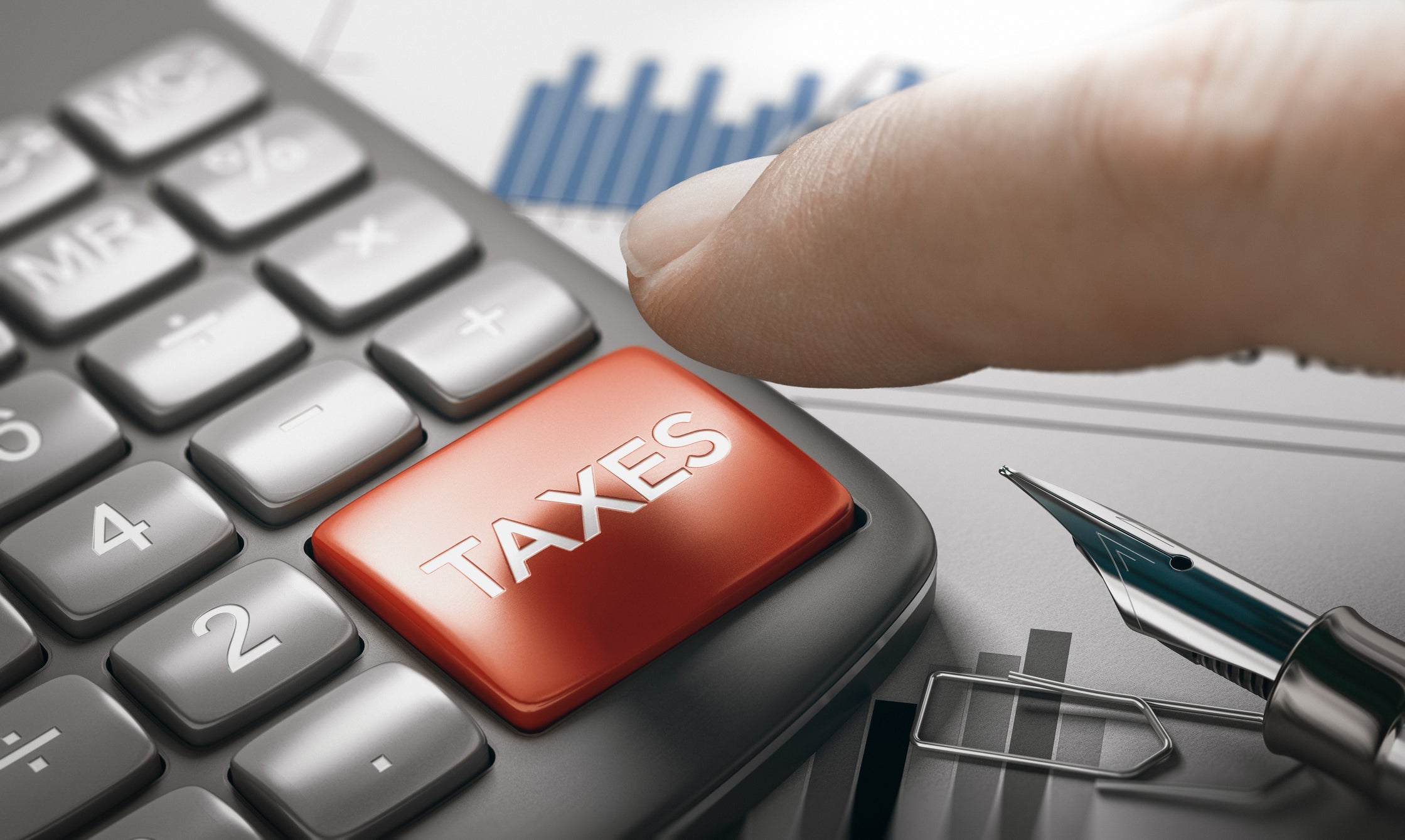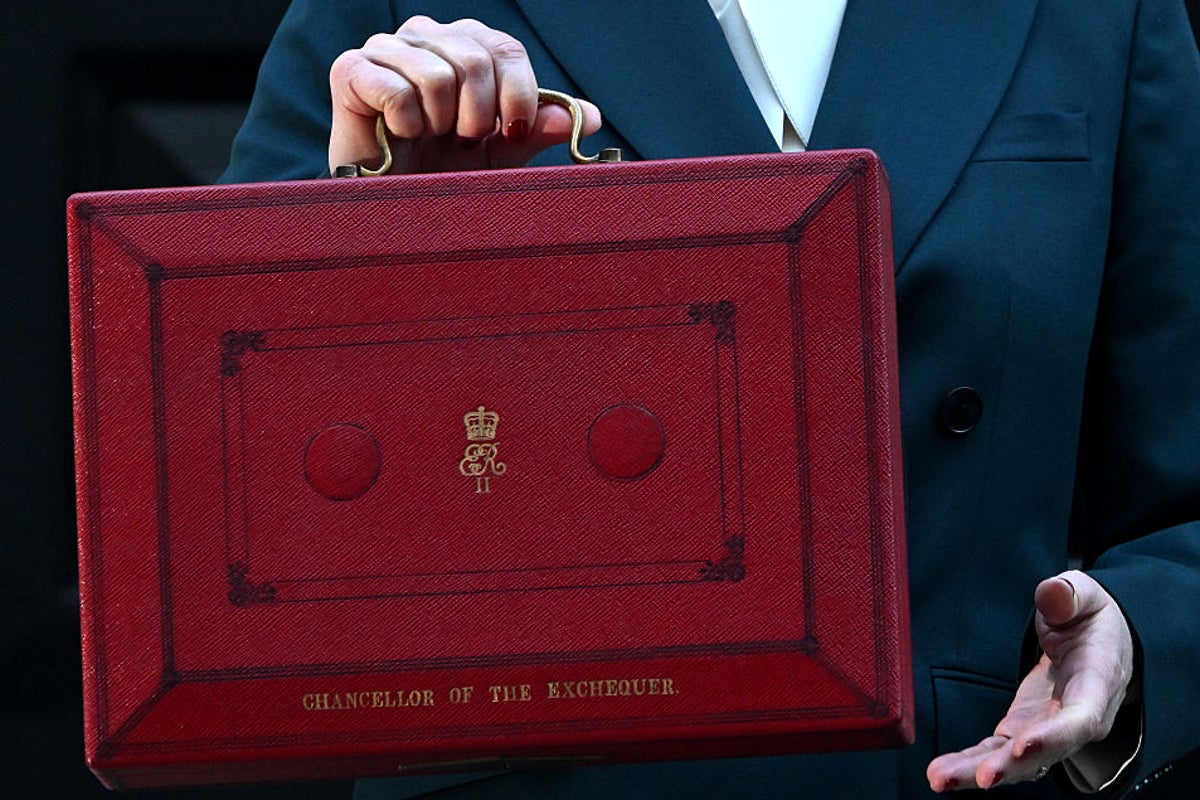- Money
Even when taxes don’t rise, your payments of them might do as a result of what’s called fiscal drag
Ruth Jackson-KirbyFriday 28 November 2025 10:40 GMTComments open image in gallery(AFP via Getty Images)SPONSORED BY TRADING 212
open image in gallery(AFP via Getty Images)SPONSORED BY TRADING 212The Independent Money channel is brought to you by Trading 212.
After Wednesday’s Budget the Chancellor Rachel Reeves is keen to point out she hasn’t raised taxes for working people, but if you look at the figures, we’re all gradually paying more tax due to the Government’s clever use of fiscal drag.
It all began back in 2021 when the Conservative party froze the thresholds where you start paying income tax and when you start paying higher rate income tax. In doing so the Treasury increases its revenue as wage rises and inflation mean as people earn more, they must pay more tax.
Up until this week the thresholds were frozen until 2028 – the Budget saw that extended to 2031.
“It’s quite the U-turn for Reeves, who when in opposition claimed the policy was ‘picking the pocket’ of working people,” says Laura Suter, director of personal finance at AJ Bell.
But when you start taking a closer look at the figures it is an obvious way for Reeves to dramatically increase tax revenues while being able to argue she hasn’t raised tax rates.
Vote in our Independent Money poll: Which Budget announcement are you most disappointed in?
According to the Office for Budget Responsibility (OBR), by extending the freeze the Treasury should gain £12 billion by 2031. It also estimates that the freeze will cost each of us around £1,330 a year by 2029.
“While it’s a nifty way for the government to raise money, the cumulative effect of the freeze means people are seeing their tax bills rise dramatically when compared to a system in which thresholds had increased by inflation each year,” says Suter.
What is fiscal drag?
Fiscal drag is where, by freezing the amount you can earn before you pay basic and higher rate income tax, workers are dragged into higher tax brackets.
The Personal Allowance – how much you can earn before you pay 20 per cent income tax – has been stuck at £12,570 since 2021. So, more people are paying income tax as wage inflation has taken them over the threshold. The OBR predicts that 5.2 million people will become taxpayers between 2022 and 2031 thanks to the frozen allowance.
.jpeg) open image in gallery(Getty Images/iStockphoto)
open image in gallery(Getty Images/iStockphoto)The amount you can earn before you pay higher rate income tax – when your income tax rate becomes 40 per cent – has been £50,270 for four years. Since 2021, over 8.3 million people have become higher or additional rate taxpayers. That is an increase of 45% according to figures from AJ Bell.
Get a free fractional share worth up to £100.Capital at risk.
Terms and conditions apply.
Go to websiteADVERTISEMENT
Get a free fractional share worth up to £100.Capital at risk.
Terms and conditions apply.
Go to websiteADVERTISEMENT
“The tax freeze has dragged almost three times more people into the higher rate band than was originally expected,” says Suter. The OBR initially predicted the freeze would create a million more higher-rate taxpayers. There are now 2.7 million more people paying the 40% rate and that is expected to grow to 4.8 million by 2030-31.
What is fiscal drag costing you?
The impact on your bank balance of fiscal drag depends on how much you earn.
AJ Bell estimates that someone earning £15,000 today will pay an extra £259 in tax over the next three years because of the frozen thresholds. This increases to £683 for someone earning £45,000 and £1,293 for the highest earners.
“For workers across the spectrum, the impact is sharp,” says Rachael Griffin, tax and financial planning at Quilter. “Pay growth that would once have felt like genuine financial progress now pushes people into higher rates of tax far earlier than expected.”
If the Personal Allowance had increased with inflation each year it would now be around £15,550 and it would have hit £17,470 by 2030. Instead, it is stuck at £12,570.
Similarly, the threshold for paying higher rate income tax would be around £62,189 today without the freeze, growing to £70,370 in 2030. But it will remain at £50,270.
It’s not just higher tax bands either
Workers hitting the frozen higher rate income tax threshold face a raft of other costs too. Your personal savings allowance shrinks, from £1,000 to £500 and disappears altogether for additional rate taxpayers. You also start paying higher rates of dividend and capital gains tax.
All that adds up to you paying a lot more tax across the board.
 open image in gallery(Getty Images)
open image in gallery(Getty Images)For families with children, crossing £50,000 means the High Income Child Benefit Charge kicks in, wiping out part or all of their benefit. With that frozen too, ordinary pay now pushes far more parents over that line.
If you are approaching the next income tax bracket there are steps you can take to minimise the hit. Consider using salary sacrifice schemes or increasing your pension contributions to reduce your taxable income.
Using fiscal drag to raise revenues means we have a tax system that takes more money from you without the rate you pay appearing to change.
“The cost is transparency,” says Griffin. “Households will feel the squeeze long before they understand where it came from.”
With thresholds now locked until 2031, that squeeze is only going to get stronger.
When investing, your capital is at risk and you may get back less than invested. Past performance doesn’t guarantee future results.
More about
BudgetRachel ReevesTaxIncome TaxSalariesTrading 212Join our commenting forum
Join thought-provoking conversations, follow other Independent readers and see their replies
Comments
